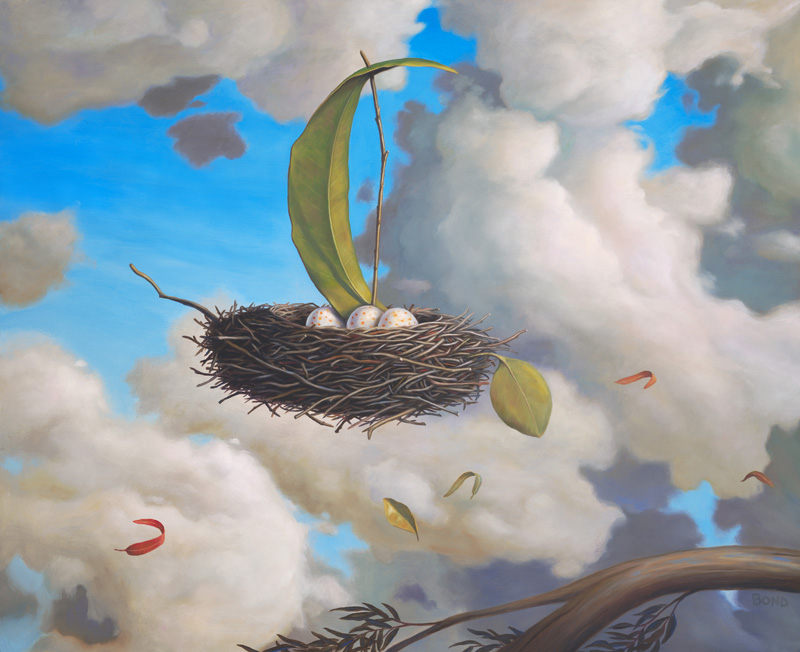
In the interviews hosted on our blog, we often address a question related to the importance of including Narrative Medicine and Medical Humanities in medical training. As contribution to this reflection, we propose the article “Medical Humanities courses becoming prerequisites in many medical schools”, by Adrianna Banaszek, published on Canadian Medical Association Journal (CMAJ). This article presents the theme of considering Medical Humanities as prerequisites in Medical Schools, and the effects this can produce on medical students’ training.
Aiming to fill doctors’ lack of empathy for patients (and compelled by studies demonstrating that clinical empathy can be taught through Medical Humanities), in US an increasing number of Schools of Medicine worked for Medical Humanities courses: already in 2011, 69 of the 133 American Schools of Medicine requested students to frequent at least one course related to Medical Humanities.
Irwin Braverman, emeritus professor at Yale School of Medicine, sustains that medical students’ observation skills can improve through Arts. For this reason, he instituted the “Doctor-Patient Relationship” Program, in which first year students were encouraged to see paintings and sculptures (objects we usually see without prejudices) to develop observation skills: as told by Braverman, “it is the cerebral experience to see an unknown object and identify details”.
In 2003, Mount Sinai School of Medicine (New York) introduced Yale’s same observation courses, rendering these a prerequisite for students at the third year of studies. More than improve observation skills, the program revealed as a real benefit for students themselves: David Muller, dean for Medical Education at the Mount Sinai School of Medicine, sustains that is important for students to have a room to “escape” from other courses, which may help them to reflect on what they are doing.
At Alberta University (Canada) first year students attend a “Narrative Reflective Practice” module that brings them to reflect on films presenting the medical profession as a part of a patient centered care path. Pamela Brett-MacLean, director of Arts and Humanities in Health and Medicine Program, sustains that this course allows students to connect more completely and more deeply with the sense of being a doctor. The course is not defined as “extra-curricular”, but “co-curricular”, because everything students are involved in is pertinent with their education and with the kind of doctor they want to become.
Often in medical training there is so much to learn, and the more “scientific” part is so preponderant that everything classified as “feeling” is set aside as “not important”. Examples like those cited go on the opposite direction: inserting tools for improve listening to patients, empathy, a more narrative approach to care, allow a better relationship not only with patient, but also regarding to the medical profession itself.
A good news arrives also from Italy: at Humanits University (Milan), at the International Faculty of Medicine whom students are people arriving from all around the world, has started the course “Being a medical doctor”: examined themes are Bioethics, Narrative Medicine, and Medical Humanities. It means that, since the first year, after the obligatory course of Organic Chemistry there are the themes of values, communication, and care approach based not on disease but on person. Finally, a Copernican revolution in the University.
